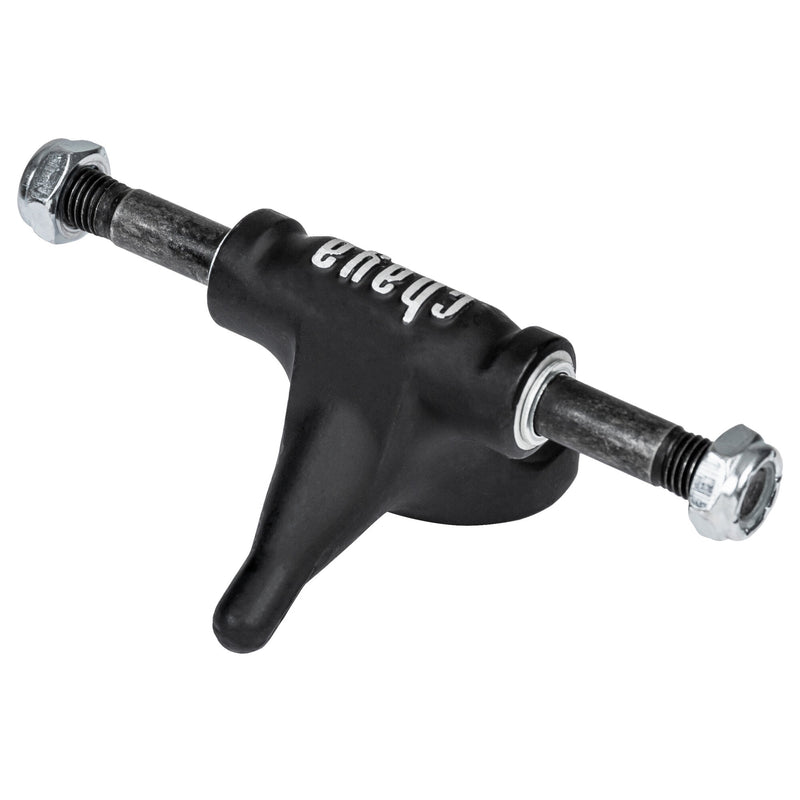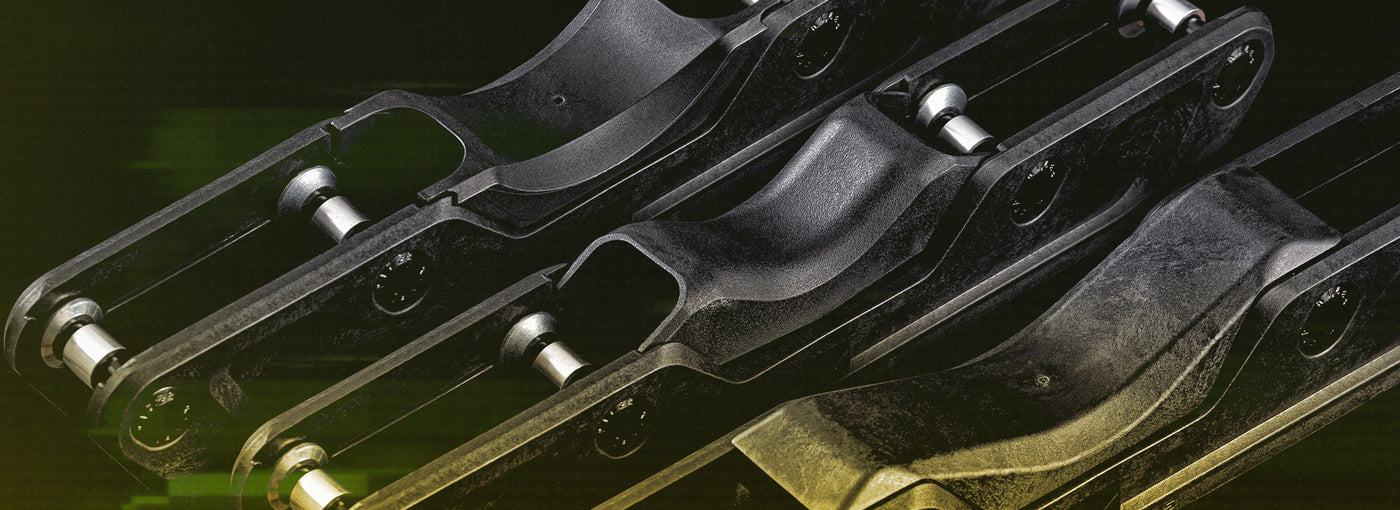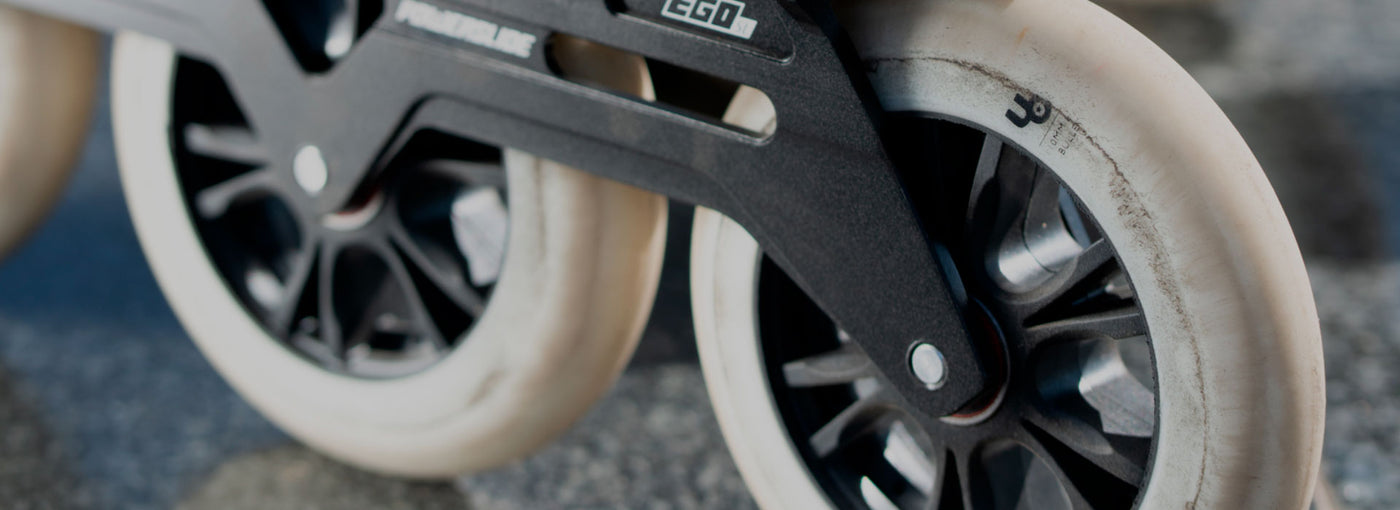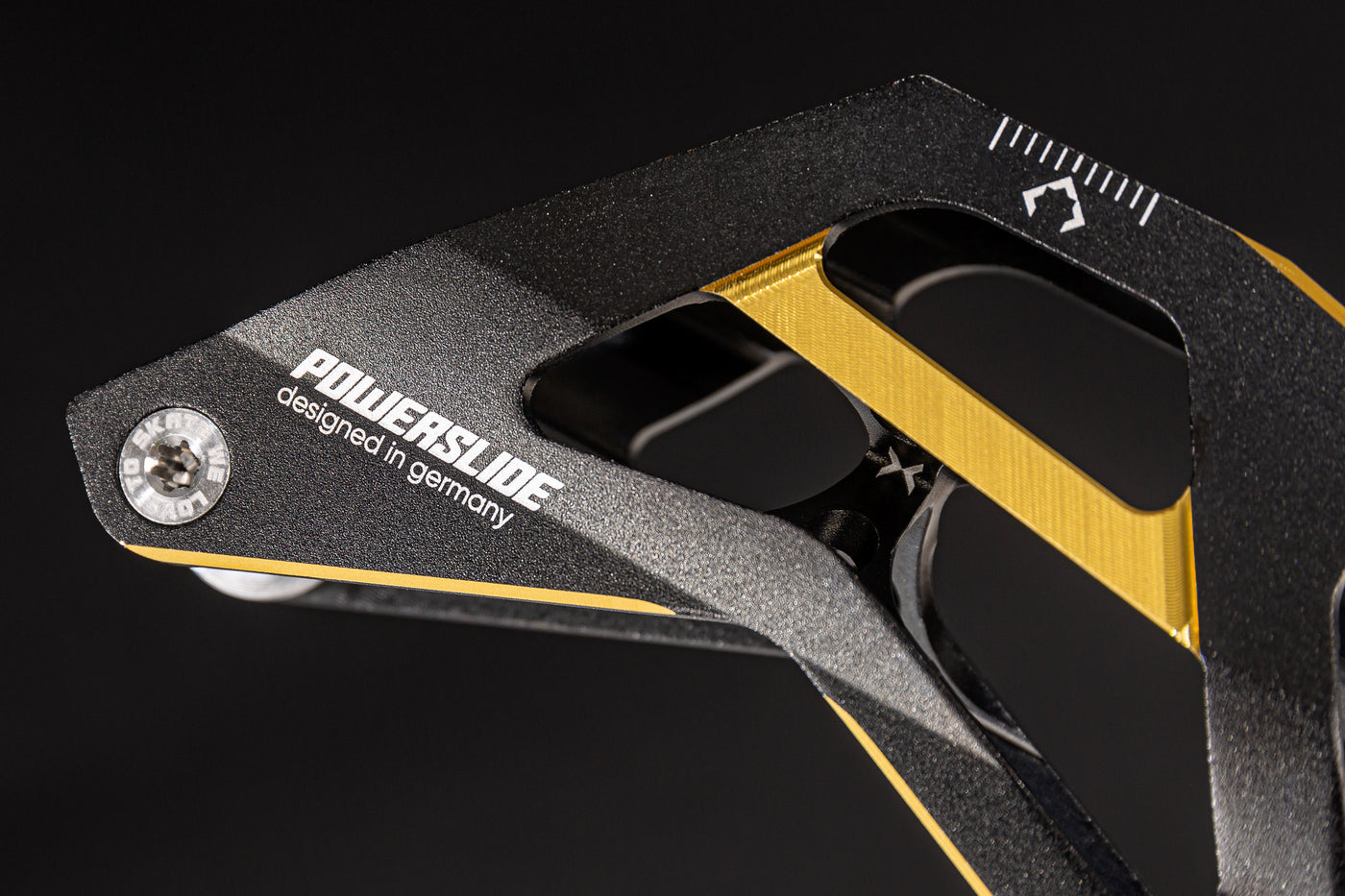
Replacement Parts & Accessories
Inline and roller skating replacements & co
Discover the best selection of skating parts and accessories. From wheels and frames to trucks and plates, we have everything to keep your skates in peak condition. Enhance your style with urban clothing and gear from top brands. Whether you're into racing, freeskating, or urban adventures, find all you need to customize and elevate your skating experience.
Gen. II
Standard Truck Cast
The truck offers great power transfer and stability when accelerating and is also very reactive for increased agility. Combined with Jelly Interlock cushions the Chaya Standard cast truck will upgrade your game.


AGGRESSIVE SEGMENT
Boost your aggressive skating with top-notch frames and soulplates replacements from Kizer, IQON, Powerslide, GAWDS, and USD


RACING FRAMES
The strongest and best aluminium, or carbon... Choose your favourite weapon
Frequently Asked Questions
Find answers about Powerslide replacement parts & accessories
-
TRINITY vs 165/195 mounting — what’s the difference and which should I choose?

-
TRINITY (3-point) lowers your center of gravity and spreads forces across a wider front platform for extra stability, control and smoother power transfer. 165/195 mm (2-point) are classic standards with broad cross-brand compatibility and a very direct feel.
If you skate rough surfaces or want maximum stability, try TRINITY. If you already own 2-point frames or want interchangeability, 165/195 is a safe bet.
Shop mounts & hardware in Accessories & Parts.
-
Which wheel diameter, hardness and profile should I choose?

-
Diameter: smaller (≈55–90 mm) = more agility and lower stance; larger (≈100–125 mm) = more speed, smoother roll and comfort. Always check your frame’s max wheel size.
Hardness (A): softer = more grip/comfort (wears faster); harder = faster roll, more slide, higher durability. Fitness/urban typically 82A–90A; aggressive anti-rockers often 95A+ (not for rolling).
Profile: round/full = stability and forgiving landings; bullet/thinner = quicker edge-to-edge and lower rolling resistance.
Browse inline skate wheels (for roller skates see Chaya wheels).
-
3-wheel vs 4-wheel frames — which is better?

-
3-wheel setups allow bigger wheels in a shorter frame for smoother roll, agility through the center wheel and higher cruising speed; stance is slightly taller and wheels cost more. 4-wheel setups sit lower, feel very planted and track straight beautifully, but can feel slower and harsher on rough roads.
Upgrade wheels here: inline skate wheels. Find mounting hardware in Accessories & Parts.
-
How do I check if a frame fits my boot?

-
Match the mount standard first (TRINITY vs 165/195). Then confirm the frame’s max wheel size, axle spacing and width. Powerslide boots/frames offer X-Slot micro-adjust to fine-tune stance (fore–aft and lateral).
Find bolts, spacers and hardware in Accessories & Parts. For fit/comfort upgrades, see liners, laces & insoles.
-
Which brake fits my setup?

-
Choose by wheel size, frame width and mount preparation:
- HABS (Height-Adjustable) S/M up to ~110 mm, L/XL up to ~125 mm — only on HABS-prepared frames.
- Road Hog for many 4×110 race/urban frames (not for 3×110).
- UBS typically up to 4×100.
- Megacruiser for big-wheel (e.g., 3×125).
Note: most brake housings don’t work on rockered frames. See all options in Brakes.
-
HABS vs classic heel brakes — what’s the benefit?

-
HABS lets you adjust pad height/angle for earlier contact and consistent braking as the pad wears, improving control and reducing stopping distance. Classic heel brakes are simpler but non-adjustable.
Keep pads fresh for best performance; find spares in Brakes.
-
Can I skate and brake in the rain — do I need special parts?

-
Yes, but expect longer stopping distances, especially on smooth stone. Consider dedicated rain wheels for better wet traction, and brake earlier/lighter.
Shop inline wheels (for roller skates see Chaya wheels) and replacement pads in Brakes.
-
Which bearing size do my wheels use (608/688/6001)?

-
Most inline wheels use 608 bearings (8×22×7 mm). Some lightweight/legacy setups use 688, and off-road/SUV wheels may use 6001 with larger pneumatic tires. Check your wheel hub spec before ordering.
See bearings & spacers.
-
ABEC vs ILQ and bearing materials — what’s actually faster?

-
ABEC/ILQ indicate manufacturing precision, but real speed also depends on materials (chrome steel vs stainless vs ceramic hybrids), shields (metal vs rubber) and lubrication. Ceramics spin very freely and don’t rust, stainless resists corrosion in wet use, chrome steel offers great value and speed when kept dry and clean.
Compare options in bearings & spacers.
-
What lubricant and maintenance routine should I follow?

-
Light oils = fastest spin but need frequent servicing; grease = longer-lasting film with slightly higher rolling torque. After wet/dusty rides, clean and re-lube bearings promptly. Rotate wheels regularly (3-wheel or 4-wheel patterns) to even out wear and keep profiles true.
Grab lube, spacers and tools in bearings & spacers and find additional hardware in Accessories & Parts.






